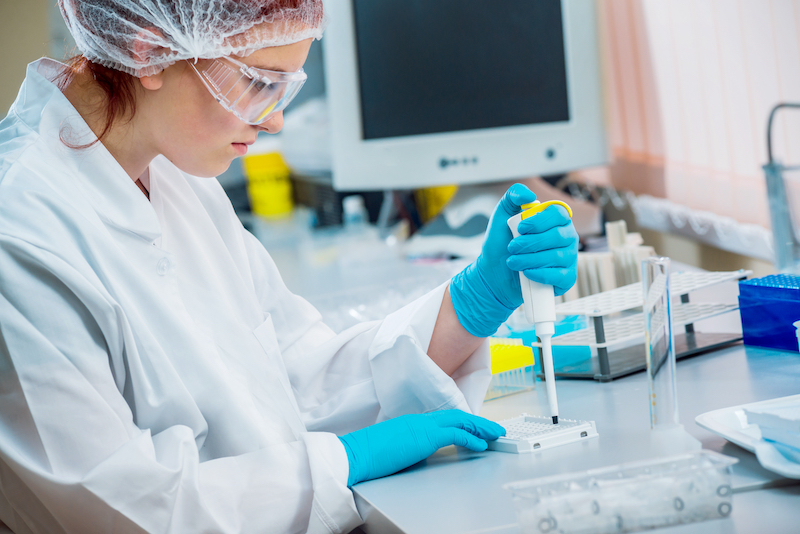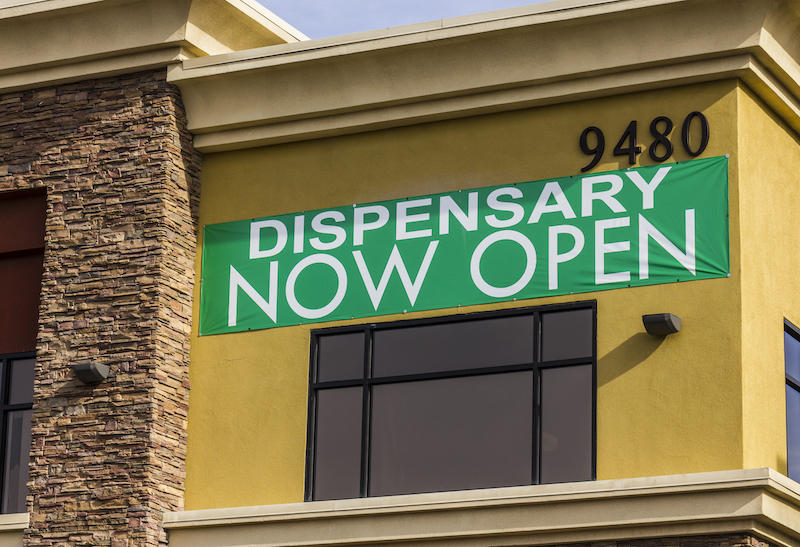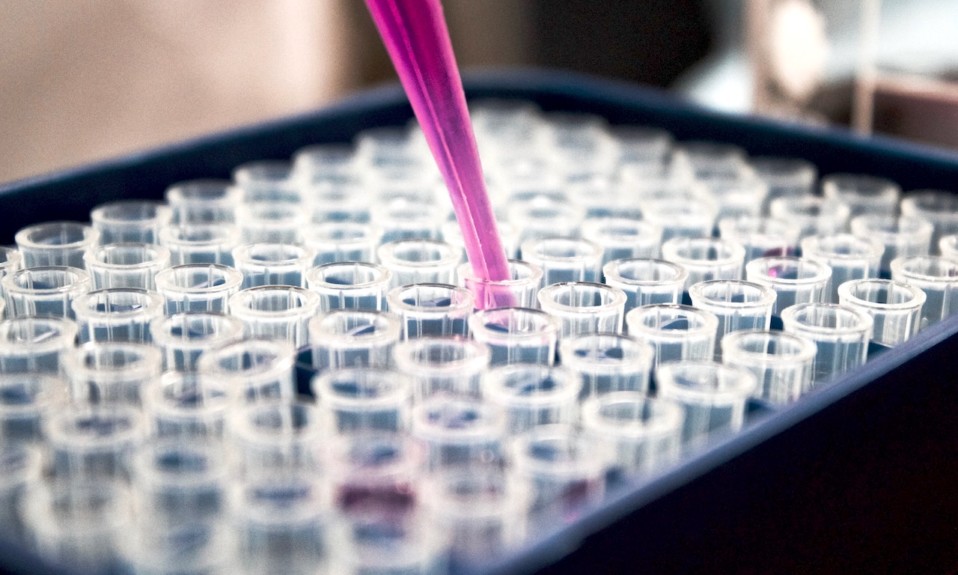Researchers say positive drug tests can be a road map to help thwart OD deaths. Plus, your CBD products might not be THC-free, and ostracized sexual minorities are more vulnerable to risky behaviors
By William Wagner
Researchers hope a link they’ve established between positive drug tests and overdose deaths will bring us one step closer to curbing the number of substance-related fatalities. We also turn our attention to the surprising percentage of CBD products that contain THC and to the vulnerabilities of ostracized sexual minorities.
From JAMA Network:
A Link Between Positive Drug Tests and OD Deaths
It stands to reason that there would be a connection between positive urine drug test (UDT) results and overdose deaths. And now that researchers from Ohio State University College of Medicine and Millennium Health have definitively identified one, they think they can help to rein in the overdose crisis.
“Drug overdose deaths are higher than ever before. In this first-ever study, we were able to demonstrate and characterize the relationships between UDT positivity rates for drugs of significant concern and overdose mortality using national-, state-, and county-level data,” says Penn Whitley, senior director of bioinformatics for Millennium Health and a co-author of the study. “The timeliness of UDT results, combined with having demonstrated these correlations, allows us to now explore methods for timely prediction of overdose mortality signals or ‘hotspots’ utilizing our UDT results versus traditional tracking methods.”
“[R]eal-time UDT surveillance can help to quickly identify changes in drug use patterns that might inform targeted harm reduction strategies designed to prevent overdose deaths.”
—study from JAMA Network
Whitley and her colleagues examined about 500,000 UDTs from addiction treatment centers in all 50 states between 2013 and 2020. Among other findings, they identified a “strong” correlation between positive UDTs for illicit fentanyl and meth and OD deaths. Such information can provide a clear road map for treatment clinicians. As the authors state in the study, “These findings suggest that real-time UDT surveillance can help to quickly identify changes in drug use patterns that might inform targeted harm reduction strategies designed to prevent overdose deaths.”
From Drug and Alcohol Dependence:
THC Found in Commercial CBD Products
Therapeutic CBD products can be obtained basically anywhere, from convenience stores to GNCs. They’re so easily accessible because they don’t contain THC, the chemical in marijuana that gets you high. Or do they? When scientists from the University of Kentucky College of Medicine sought to find out, they discovered that 60% of the CBD products they lab-tested contained at least trace amounts of THC.

Consider the ramifications: “THC is not allowed at the Olympics. It’s not allowed in many sports organizations. But athletes use CBD because it helps them recover, and it helps them with different facets of their training,” says Shanna Babalonis, PhD, a co-author of the study. Or: “[A] lot of elderly people do take CBD and are taking a lot of other medications, and they could have high levels of THC in their product,” adds Babalonis. Those are just two of the possible problematic scenarios.
The takeaway, Babalonis says, is that tighter controls are needed. “[T]he public needs to question [now] whether there’s THC in their CBD products.”
From Drug and Alcohol Review:
The Difficult Plight of Sexual Minorities
Ostracized sexual minorities, particularly men, are more inclined to engage in risky behaviors such as alcohol and cannabis misuse and unprotected sex. They do so as a coping mechanism, according to new research from Anglia Ruskin University in the U.K. About 850 people were surveyed as part of the study, and responses indicated that triggers included rejection by friends, poor treatment in the workplace and difficulty with public services.
The study shines further light on social stigma and inequities. Says Nick Drydakis, author of the paper: “Clearly if we are serious in Western society about reducing health inequalities, policymakers should look closely at increasing efforts to reduce social stigma and provide more support for vulnerable groups.”
Top photo: Shutterstock














